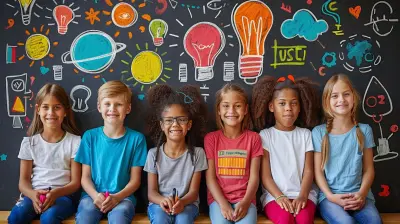The Intersection of Collaborative Learning and Emotional Intelligence
16 August 2025
Ever noticed how the best group projects aren’t just about the smartest minds, but also the kindest hearts? That’s no fluke. The magic happens right at the intersection of collaborative learning and emotional intelligence. This sweet spot is where students thrive—not just academically, but socially and emotionally too.
In today’s classroom (and even in remote learning environments), collaboration isn’t just a buzzword—it’s a real-world skill that students need. But without emotional intelligence? It’s like trying to drive a car without a steering wheel. Sure, you’ve got the horsepower, but you can't go anywhere meaningful without control, insight, and connection.
Let’s dive deep into how these two powerful forces work together to supercharge learning and create stronger, more empathetic future leaders.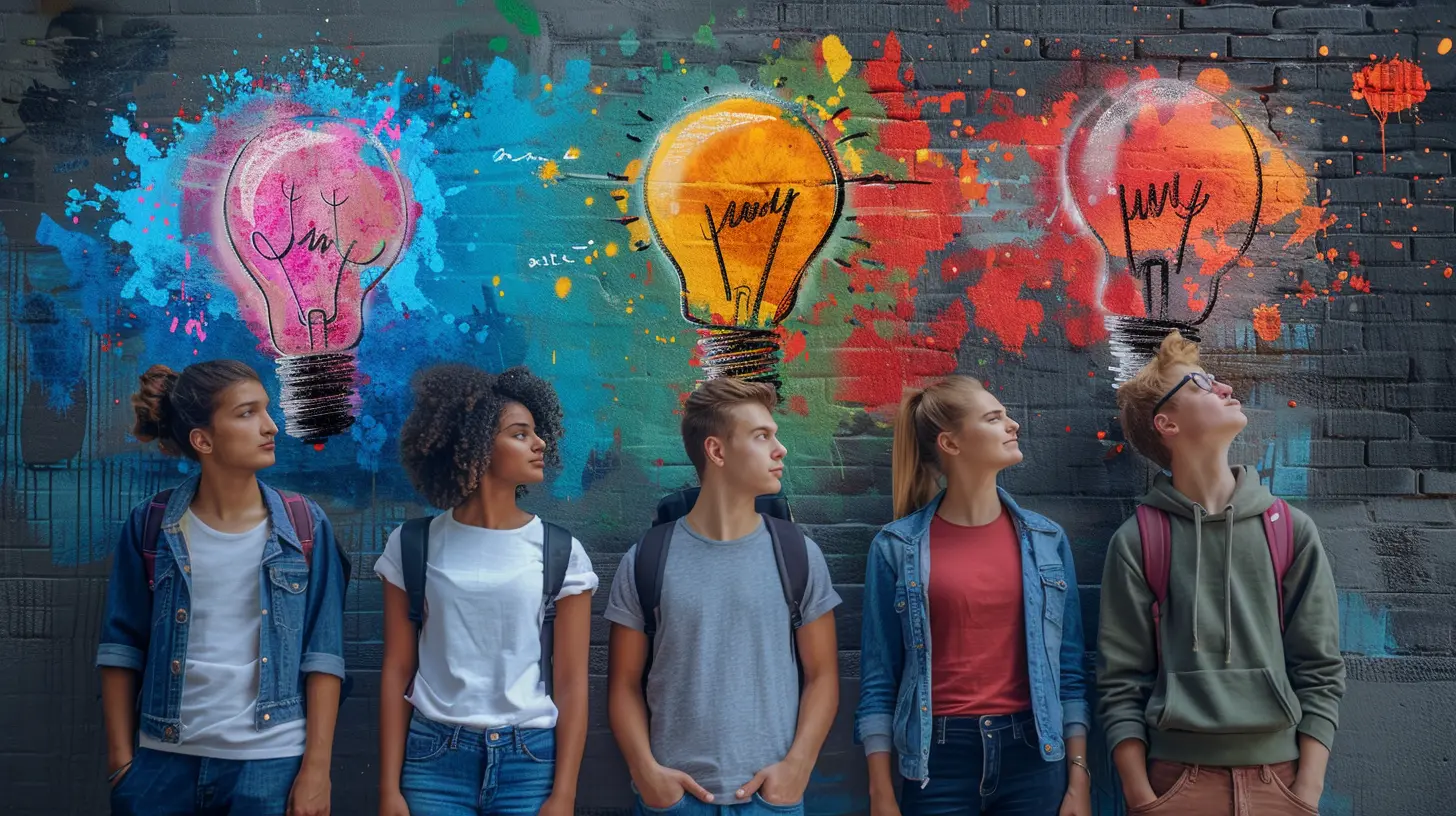
What is Collaborative Learning?
Before we mash it up with emotional intelligence, let’s get clear on what collaborative learning actually means.Collaborative learning is an educational approach where students work together in small groups to achieve a shared learning goal. Instead of passively soaking up information from a lecture, they’re actively engaged—discussing, problem-solving, questioning, and reflecting together.
Think about it like this: One mind is good. Two? Better. Five? Now you’ve got fireworks.
Group discussions, peer tutoring, brainstorming sessions, project-based learning—all of these fall under the collaborative learning umbrella. But here's the kicker: just putting students in a group doesn’t automatically lead to effective collaboration. That’s where emotional intelligence steps in.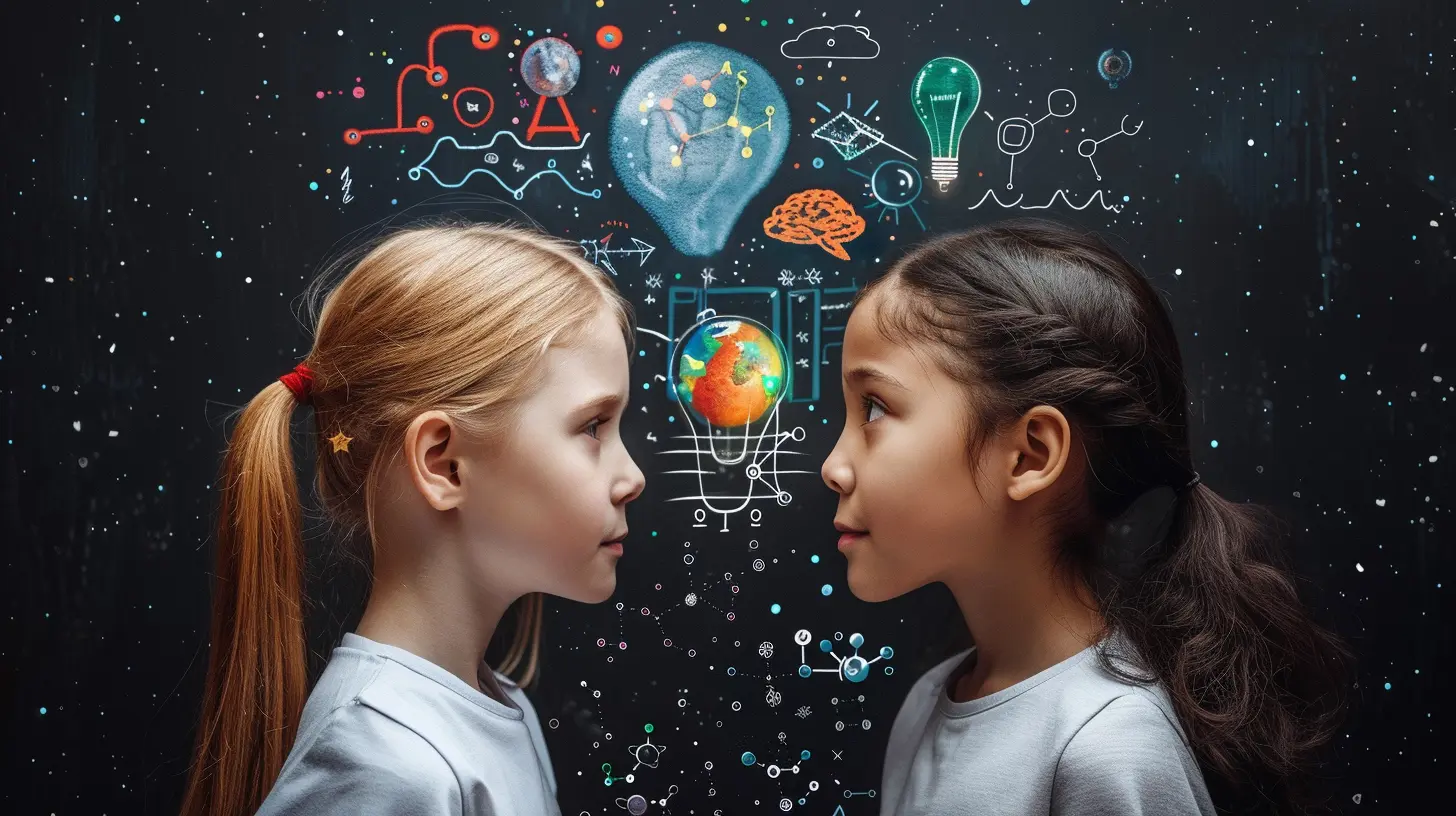
Emotional Intelligence 101
So what exactly is emotional intelligence (EI)? It’s not just about being “nice” or “sensitive.”Emotional intelligence is the ability to recognize, understand, manage, and influence emotions—yours and others’.
It breaks down into five key components:
1. Self-awareness – Knowing your own emotions
2. Self-regulation – Managing your reactions
3. Motivation – Being driven to achieve goals
4. Empathy – Understanding what others feel
5. Social skills – Navigating relationships effectively
Now, think back to that group project where everyone was on the same page. Was it the smartest group? Or was it the most emotionally balanced group—the one where people listened, supported each other, and shared responsibilities?
Exactly.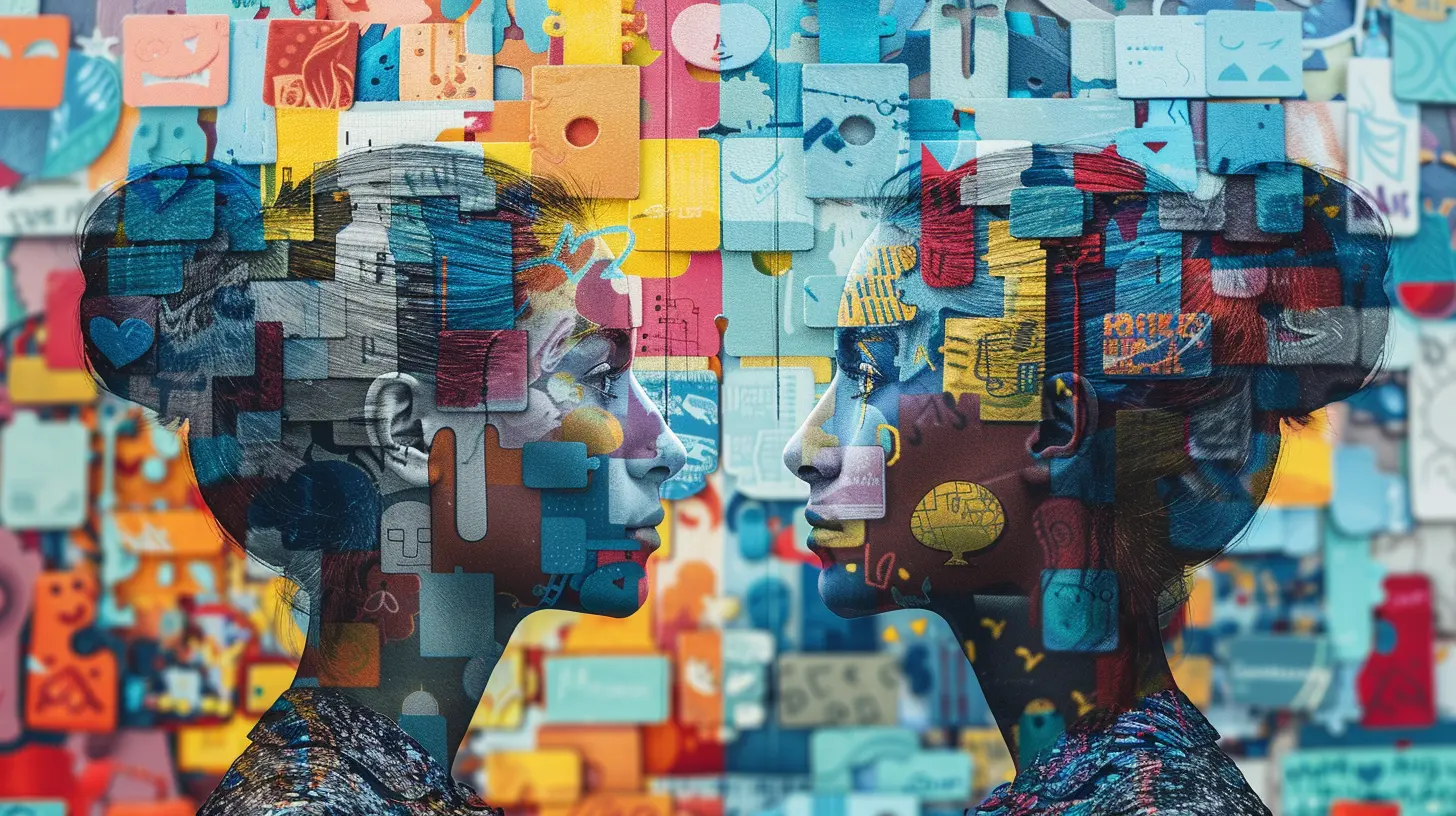
Where Collaborative Learning Meets Emotional Intelligence
When students work together, emotions run high—frustration, excitement, anxiety, pride. Managing all that... well, it takes a bit more than textbook knowledge.1. Building Deeper Connections
Collaboration isn’t just about finishing a task—it’s about building trust and understanding. Teams that connect emotionally get more done, plain and simple.Emotionally intelligent students are better at:
- Listening actively
- Reading non-verbal cues
- Offering support when peers struggle
- Encouraging quieter voices to speak up
This creates a learning environment where everyone feels safe and valued. It’s like turning a group into a mini-community.
2. Navigating Conflict
Any group work will eventually hit some bumps—disagreements, miscommunications, clashing personalities. But emotionally intelligent students won’t let it spiral.Instead of saying, “You’re wrong,” they might say, “I see it differently. Can you walk me through your thinking?”
That small shift changes everything.
Teaching students to pause, reflect, and respond (instead of reacting) is a game-changer. It not only keeps the peace but leads to richer discussions.
3. Promoting Inclusive Participation
Let’s face it—some students dominate, while others fade into the background. Emotional intelligence starts to even that out.An emotionally aware student might notice a peer hasn’t spoken and say, “Hey, Jordan, what do you think about this idea?”
It’s these micro-moments that unlock inclusive collaboration. When everyone contributes, learning skyrockets—not just for the group, but for individuals too.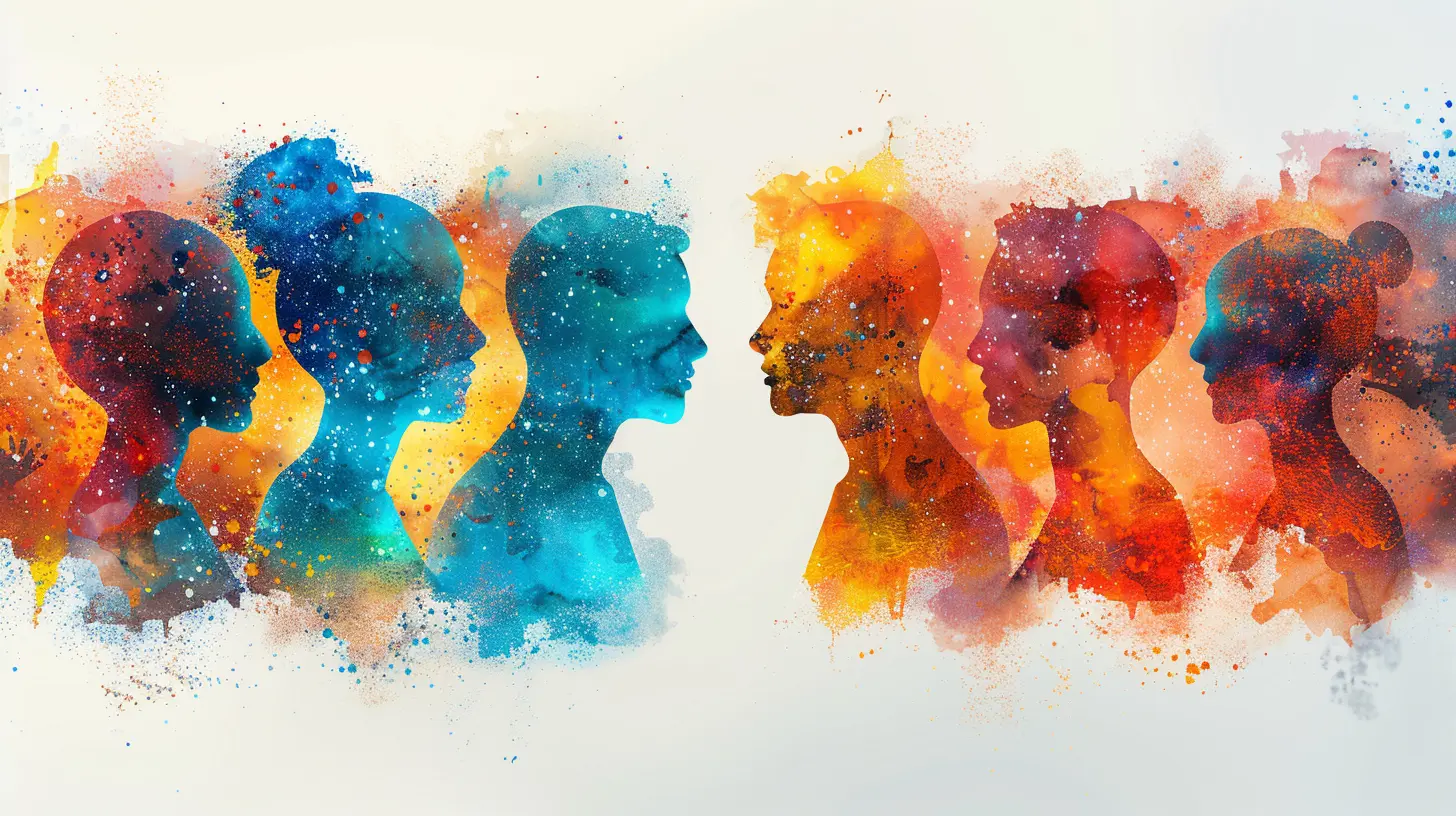
The Role of the Teacher: Coaching Emotional Intelligence Through Collaboration
Teachers aren’t just facilitators—they become emotional intelligence coaches, too.Here’s how educators can foster both collaboration and EI in the classroom:
1. Model Emotional Intelligence
Kids learn by watching. A teacher who handles stress with grace or admits when they’re wrong sets a powerful example. You’re not just teaching chemistry or history—you’re teaching how to be human.2. Structure Group Work Thoughtfully
Random groups? That’s okay occasionally. But for deeper EI growth, mix people up with intention. Balance introverts and extroverts. Mix skill levels. Rotate roles. Create opportunities for new dynamics—and new empathy.3. Make Reflection a Habit
After group work, don’t just grade the outcome. Ask:- What went well in your group?
- Where did you struggle?
- How did emotions affect your progress?
- What would you do differently next time?
This kind of emotional check-in shifts students from passive participants to reflective learners.
Real-Life Applications: Preparing Students for the World
Let’s zoom out for a second. Why does this even matter?Because emotional intelligence and collaborative learning aren’t just “school skills”—they’re life skills.
In the Workplace
Ever heard the phrase “Hire for attitude, train for skill”? Employers are looking for team players—people who can communicate, empathize, and adapt. Straight-A students might land the job, but emotionally intelligent team players keep it.In Relationships
Knowing how to listen, express yourself clearly, and manage your emotions? That’s gold—not just for group projects, but for friendships, family, romance, and community ties.In Personal Growth
When students reflect on their emotions and see how they impact others, something amazing happens: they grow. Not just smarter—but wiser, kinder, and more self-aware.Digital Classrooms and Emotional Intelligence
In online learning environments, collaborative learning and emotional intelligence are still critical—but how they show up looks a little different.- Students might chat in discussion boards instead of face-to-face
- Conflicts may be harder to spot without non-verbal cues
- Building rapport requires more intentional effort
But don’t worry—it’s totally doable.
Here are a few strategies to build EI in digital group work:
- Use video when possible to humanize peers
- Encourage regular check-ins and “emotional temperature” questions
- Assign rotating leadership roles (like timekeeper or encourager)
- Make space for informal conversation—just like a real classroom
With the right setup, collaboration online can still feel deeply human.
Challenges and Roadblocks
Of course, combining collaborative learning and emotional intelligence isn’t all sunshine and group hugs.Here are a few bumps in the road:
- Students may resist group work due to bad past experiences
- Some may lack emotional vocabulary or self-awareness
- Others might struggle with listening or giving constructive feedback
But here's the silver lining: emotional intelligence isn’t a personality trait—it’s a skill. And like any skill, it can be taught, practiced, and refined.
It takes time, patience, and a whole lot of modeling. But the payoff? 100% worth it.
Strategies to Develop Emotional Intelligence in Collaborative Settings
Still with me? Great! Let’s get practical for a sec. If you’re a teacher, parent, or even a student wondering how to boost emotional intelligence during group work, here’s a quick toolkit:1. Use Sentence Starters
Sometimes, students just don’t know how to begin. Give them:- “I feel… when… because…”
- “Can we pause and talk about how that’s making me feel?”
- “I see where you’re coming from. Can I share another idea?”
2. Practice Role-Playing
Want to build empathy? Role-play real-life group conflicts and explore different ways to respond. It turns abstract concepts into muscle memory.3. Teach Emotional Vocabulary
Words matter. If a student can’t say they’re “frustrated,” they might just act out. Teach them the language of emotions—happy, anxious, overwhelmed, excited, discouraged—to unlock smarter behavior.4. Celebrate Small Wins
Catch students doing things right:- “Thanks for including everyone’s ideas.”
- “Great job staying calm during that disagreement.”
- “I noticed how you asked Maya how she was feeling. That’s leadership.”
Final Thoughts: Building Better Humans, Not Just Better Students
At the end of the day, blending collaborative learning with emotional intelligence doesn’t just create better academic outcomes—it builds better people.We’re talking about students who can:
- Think critically and compassionately
- Navigate tough conversations
- Support their peers
- Lead with heart
And in a world where division runs deep, that kind of learning is more important than ever.
So next time you hear groans about group work, smile. Because you know that within all the chaos, there’s a powerful transformation happening—one conversation, one emotion, one team at a time.
all images in this post were generated using AI tools
Category:
Collaborative LearningAuthor:

Bethany Hudson
Discussion
rate this article
1 comments
Felicity Lopez
This article insightfully highlights how collaborative learning enhances emotional intelligence, fostering deeper connections and improving teamwork. A must-read for educators aiming to cultivate empathetic classroom environments!
September 8, 2025 at 11:22 AM

Bethany Hudson
Thank you for your thoughtful comment! I'm glad you found the article insightful and relevant for fostering empathetic classrooms.

